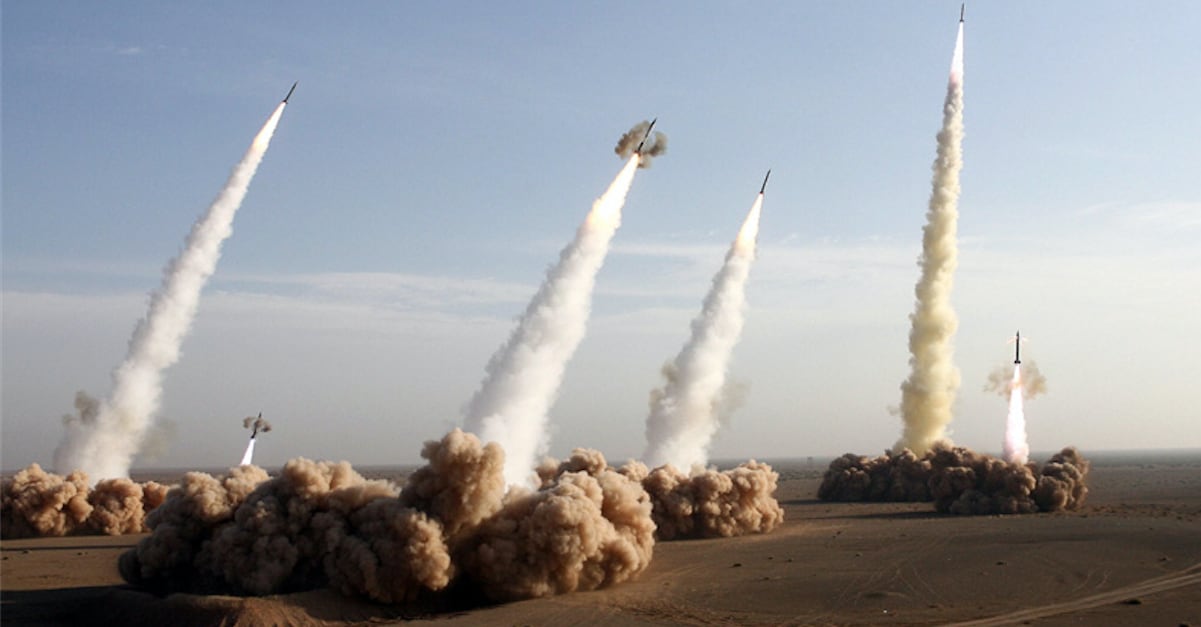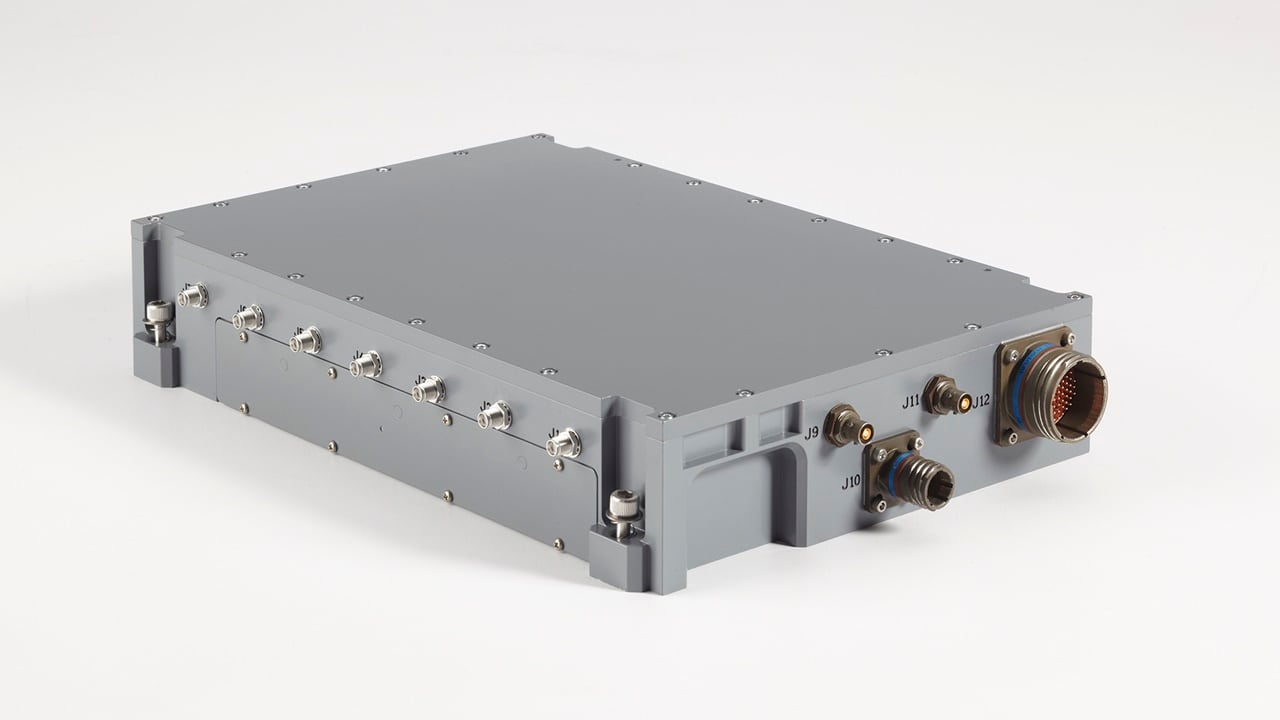The Air Force Reserve and Air National Guard are planning to upgrade their F-16 fighter jets with anti-jamming Global Positioning System receivers.
The new system will reportedly provide greater protection levels for reliable GPS navigation in contested environments, while minimizing costs during implementation thanks to quick integration with existing systems.
The upgrades were announced under a contract awarded to Rockwell Collins by the Air Force’s Life Cycle Management Center. The company will provide their latest generation of Digital GPS Anti-Jam Receivers, or DIGAR, to F-16s operating in contested, electromagnetic environments.
This will be the first combat fighter aircraft to install the latest version of the receiver, Rockwell Collins said in a press release. DIGAR is a replacement for existing antenna electronic systems with demonstrated performance that far exceeds legacy capability, company officials said.
GPS is a cornerstone of the precision guided weapons that have become a staple of modern conflict. But the U.S. and close allies have become increasingly concerned that peer-level adversaries, like China and Russia, could jam and spoof GPS signals to create an area denial environment for aircraft that rely heavily on GPS navigation.
RELATED

GPS signals from satellites are relatively low in power, and so the system is uniquely vulnerable to enemy jamming, which prevents the reception of signals.
Spoofing is slightly more complicated. It involves sending a fake signal to a GPS receiver in order to convince the operator that they are receiving correct coordinates.
Anti-jamming receivers are already being used on Joint Direct Attack Munitions, or JDAMs. Rockwell Collins' system is simply now offering this capability to airborne users, company officials said in their release.
The company’s DIGAR system can receive 16 simultaneous steered beams to provide jamming immunity in GPS-challenged environments. DIGAR also uses beamforming for directional signal transmission or reception.

Jamming and spoofing isn’t a hypothetical threat in a hypothetical war, either.
Iran previously claimed in 2011 to have spoofed the GPS data of a U.S.-owned and operated RQ-170 Sentinel drone flying in western Afghanistan, redirecting it to land inside their borders. North Korea has also on several occasions reportedly used Russian-made equipment to jam South Korean GPS signals.
And as recently as this month, the Norwegian Defense Ministry said that Russian forces in the Arctic jammed GPS signals during Trident Juncture 2018, NATO’s largest military exercise since the Cold War.

Norway’s Foreign Ministry has reportedly raised the issue with Russian authorities.
In an email Tuesday to The Associated Press, Norwegian officials said they were “aware that jamming has been recorded between Oct. 16 and Nov. 7 from the Russian forces” on the Arctic Kola Peninsula.
Upgrading aircraft with DIGAR will require no changes to existing operational flight programs and wiring, lowering the risk and cost involved to upgrade, according to Rockwell Collins.
DIGAR is built on an open systems architecture and designed for use across a variety of aircraft platforms that include rotary wing, fixed-wing fighter, bomber, transport aircraft and small to large, armed drones.
“As enemies continue to find new ways to affect the ability to navigate, the latest DIGAR will provide the highest level of protection available so our warfighters can execute missions with precision and accuracy,” Troy Brunk, vice president of communication for electronic warfare solutions at Rockwell Collins, said.
Kyle Rempfer was an editor and reporter who has covered combat operations, criminal cases, foreign military assistance and training accidents. Before entering journalism, Kyle served in U.S. Air Force Special Tactics and deployed in 2014 to Paktika Province, Afghanistan, and Baghdad, Iraq.





